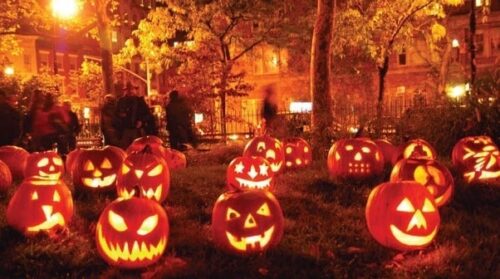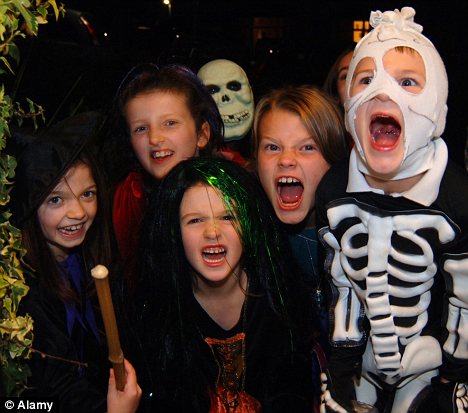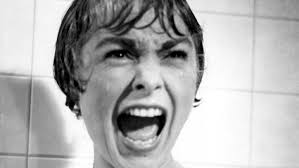Spread the Word – Halloween and the language of fear!

Si te gusta la fiesta de Halloween, disfrazarte y las historias de fantasmas y espíritus, no puedes perderte nuestro próximo artículo sobre esta terrorífica celebración.
It’s October and at the end of the month we have one of the world’s favourite traditions: Halloween! So what does it all mean and where does this celebration of all things scary come from? Well, as is often the case, there is disagreement about its origins. Some say it has Roman origins while others state that it comes from the Celts. At some point it came to represent the eve of the Western Christian feast of All Hallows’ Day (All Saints’ Day) and from there we can see how the word itself came into being as it means hallowed evening or holy evening. Apparently, eve becomes e’en or een due to its Scottish origin.
There are lots of fun activities associated with Halloween, and probably the most famous is to trick or treat. This is a practice that originated in Medieval Britain and Ireland. In modern times it became a predominantly North American custom and the use of the term trick or treat at the doors of home owners was not common back in the UK until the 1980s. Trick or treaters dress up as all sorts of ghoulish (macabre) creatures: ghosts and goblins, witches and wizards, even Dracula and Freddy Krueger!
Other Halloween traditions include carving out a frightening face in a pumpkin to make a jack-o’-lantern; apple-bobbing, a game where you try to pick up with your mouth bobbing apples (apples moving in the water); and throwing fancy-dress parties for adults and children alike.
The lexical area of fear is rich and varied. First of all there’s a large area of synonyms for the adjectives, starting with frightening and the slightly more colloquial scary; then there’s creepy, which accentuates a certain unpleasantness, eerie, which suggests a strangeness as well as often something otherworldly: the eerie fog over the lake sent shivers up my spine… and, spooky (from spook, a synonym of ghost), for me the least sinister of the group.
Haunted is used to describe a place frequented by spirits and ghosts, and many fairgrounds will have a haunted house the aim of which is to frighten the paying public. (If they don’t have a haunted house, then may well have a ghost train, which has the same purpose).
Scary and frightening things make us scared, frightened or afraid. And, on a scarier level, terrifying things make us terrified. The key noun is fear and it is used to describe the reaction we have as an abstract concept. Fright, on the other hand, covers a narrower area and is to describe a sudden intense feeling of fear: you did give me a fright/he made me jump up in fright.
Let’s now look a little at verbs and expressions: you can scare or frighten the life out of someone, the hell out of them and even the living daylights out of them. You can also scare (but not frighten) them stiff or silly (both, again, suggesting an extreme level of scariness). You can also scare or frighten someone to death – so lots of possibilities there!
Finally, I’d like to look at dread, a word that suggests both fear and apprehension, and that is commonly used in day-to-day contexts. It can be used as a noun: the thought of returning to London filled her with dread; or a verb: Jim dreaded having to work at the weekends. A useful way to conceptualize and remember it is to think of it as the semantic opposite of the common phrasal verb to look forward to. And here’s a good and positive example to finish with: I am looking forward to Halloween!









